Nestled between Ukraine and Romania, the former Soviet Republic of Moldova is one of the least visited countries in Europe. My kind of place. Plus, the very name Bessarabia (Moldavia’s old name) had fascinated me since childhood. A trip by train and busses through various Balkan states in the summer of 2021 finally took me there. My focus was on Chișinău itself, a couple of monasteries and the vast Jewish Cemetery.
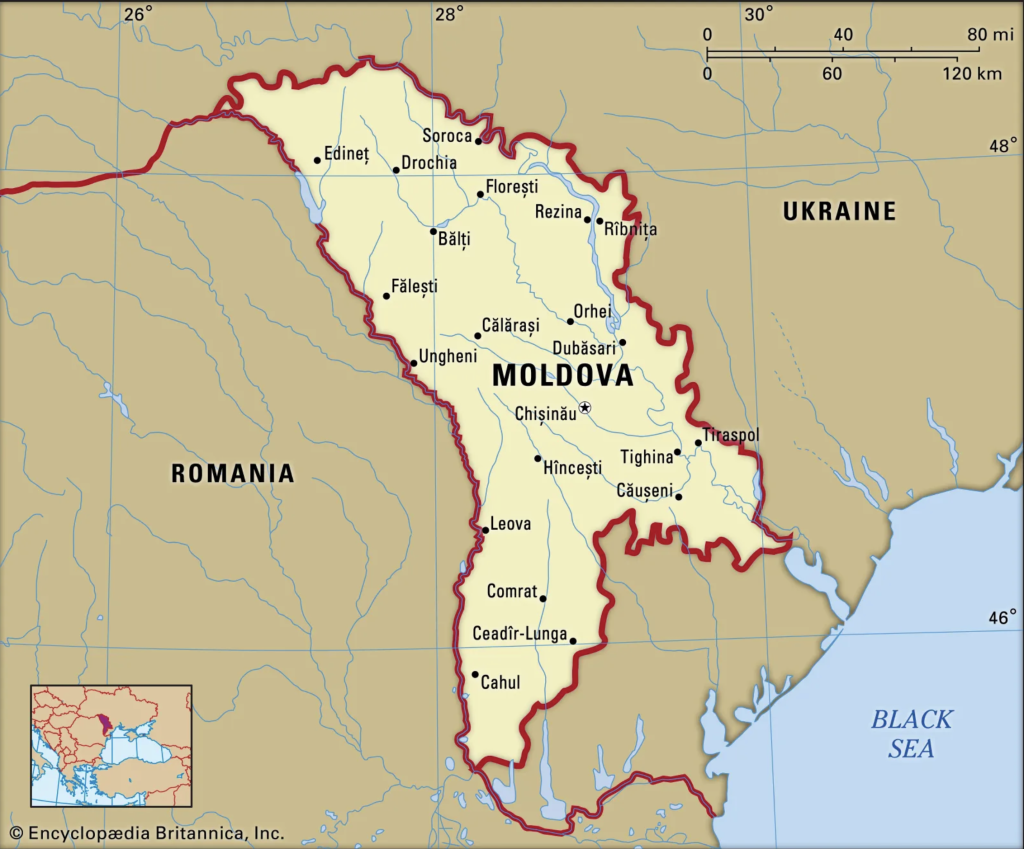 I put up camp at the Hotel Florence in Chisinau, run by a family who had lived and worked in Italy and decided to return to their home country. The son spoke English fairly well and I felt like home immediately in my cozy room and the little patio where meals were served. I was the only guest, except some of their relatives from abroad were visiting.
I put up camp at the Hotel Florence in Chisinau, run by a family who had lived and worked in Italy and decided to return to their home country. The son spoke English fairly well and I felt like home immediately in my cozy room and the little patio where meals were served. I was the only guest, except some of their relatives from abroad were visiting.
Browse through any guidebook on Chisinau and you will read it is an unattractive place with nothing to see. Besides, most authors introduce a visit to Moldavia like a trip to the moon. I found it straight forward and easy, I found a country where people speak Romanian, eat Romanian food, but that is not Romania (anymore).
To begin with, I fell in love with the city, probably because I arrived with a very positive attitude towards the whole country. Strolling around Chisinau feels like leaving and entering a time capsule all day long. The wild mixture of Communist Plattenbauten, old, run-down residential buildings, nicely renovated ones, broken sidewalks and post-communist kitsch – I found it all fascinating. A kind of charm that is hard to describe, I love it when things were not super polished, a bit of morbid flair and a bit of wanna.
Things to do and see in Chisinau– Stefan cel Mare Park
If you only have one day there are two musts: Stefan cel Mare Park with its attraction and the Jewish cemetery, Europe’s largest. Even without a map you eventually end up in Stefan cel Mare Park, named after a 15th century Moldavian prince, who ruled the country for almost 50 years. Fighting against and resisting the Ottomans, who were unstoppable at the time, made him a hero in the country. It is not just a park, but within you find the Statue of Stefan, a miniature Arc de Triumph and the Nativity Cathedral Chisinau.
The market of Chisinau
Only a five minutes-walk from my hotel, there was not a day when I did not explore the market area, Unfortunately, I can only describe what I saw but not translate the scent of the super fresh vegetables, fruits and herbs brought directly from local farms. The glowing apricots, ripe peaches, melons, tomatoes, dill are often sold straight from a small truck. The dairy section is solely under female control, I could not quite identify all products, but it all looked very healthy.
Around the corner of the vegetable market are also shops selling a kind of clothes, far from the trendy stuff sold in international chain stores and ritzy boutiques.
Near the market is also the central bus station where minibuses travel to all corners of the Balkan. A seedy, simple structure- once you enter people rush to your help since a foreigner is a rare sight. This is where I left for Transnistria. Maybe my mind is playing tricks, but I thought I saw one sign saying Moscow.
Considering Moldavia is the poorest country in Europe I was struck by the number of huge, expensive cars in Chisinau, which do what I hate most, park on sidewalk. Where the money comes from, I have no clue.
Jew life in Moldavia
No matter where I go I look out for Jewish heritage and history, Chisinau has lots of it. The vast Jewish cemetery a bit outside of Chisinau is the ultimate proof of the large Jewish community that once existed in Bessarabia. In the 19th century, 48% of the population was Jewish, the most vibrant Jewish communities in the region. Up to the 1930s Jewish life in Moldova peaked, especially after Jews were granted citizenship in 1918 when Romania took control over Bessarabia from Russia. There were numerous Jewish schools and hospitals in the city. July 1941 marked the tragic turn: Romania entered the war as Germany’s ally against the Soviet Union. Between 150,000 and 200,000 Jews died in areas under Romanian control, which then included parts of the Ukraine.
For the entire week, I stayed in Chisinau I explored the city on my own, only once did a get a guide, to show me the places where the Jewish community was lived. My hotel was helpful finding this guide.
We wandered through the former ghetto, visited the synagogue that is still in use and the small memorial erected in 1993 on Jerusalem Street. It reminds of the victims of the former ghetto. The ghetto was administered by a council of 20 persons under the leadership of Gutman Landau. This council could only do one thing: oversee the daily distribution of 200 grams of bread for each person and 200 portions of soup. Due to overpopulation, badhygiene, lack of medication there were outbreaks of typhus which turned into epidemics.
On a fence behind the memorial were faded photos of the former ghetto and a photo showing Hitler and the Romanian leader of that time, Marshall Ion Antonescu.
https://jguideeurope.org/en/region/moldova/chisinau/
Kishinev Jewish Cemeteries The absolute must-see
The Jewish Cemetery, the largest in Europe with 25,000 tombstones, was built in 1887 when half of Moldavia‘s population (then part of Tsarist Russia) was Jewish. I wandered through this labyrinth for hours, only the graves along the main path are taken care of by an NGO, the vast majority of the labyrinth-like 10ha area is mostly overgrown by vegetation.
- Chisinau Jewish Cemetery
- Chisinau Jewish Cemetery
- Chisinau Jewish Cemetery
- Chisinau Jewish Cemetery
- Chisinau Jewish Cemetery
- Chisinau Jewish Cemetery
- Chisinau Jewish Cemetery
- Chisinau Jewish Cemetery
- Chisinau Jewish Cemetery
- Chisinau Jewish Cemetery
- Chisinau Jewish Cemetery
- Chisinau Jewish Cemetery
Some graves and tombstone have been completely eaten up the plants. During these 2 hours I met ONE lady desperately pulling the weed off a grave, she spoke to me in Russian. Although I did not understand the words, it was clear what she meant, a never-ending job. What I found intriguing are the different languages on the tombstones: Hebrew of course, but also Yiddish, Romanian or Russian.
Ciuflea Monastery – Moldavia youngest monstery
On the way to Ciuflea Monstery I passed the Chisinau Monument to the Liberators of Chisinau from the Nazi Troops, it looks a bit like its very name.
Another kind of sight nearby is the huge Hotel Chisinau, the oldest central hotel in Chisinau. I did not go inside, the outside was not too appealing, so very grey.
To get to Cuilfea Monstery I walked all the way from the center, which is super easy: follow Stefan cel Mare si Sfant Boulevard to the intersection with Strada Ciuflea, a gigantic intersection that can be crossed by passing a pitch-dark underpass underneath.
The monastery’s onion-shaped shiny domes can be seen from afar, the perfect Russian-Byzantine church. Actually, over the years it grew into a whole compound of various buildings, including a small museum. The inside is equally striking, an overload of blue and golden frescos and orthodox icons, very baroque.
The wealthy merchant Anastase Ciuflea financed the construction and him and his brother are buried there. It was finished in 1885, at that time, it marked the outer limit of the then city of Chisinau. Ciuflea is the youngest monastery in Moladvia and the only one inside of Chisinau.
Capriana Monastery – the cradle of Moldavian culture
After walking around Chisinau for day I felt like seeing something else. I consulted my host at Hotel Florence if they knew a person who would drive me to what Moldavia is very famous for – its many ancient monasteries. Of course, they did and so I got to see a cradle of Moldavian written language, music and architecture. It was not a long drive, 40km north-west of Chisinau. Arriving at Capriana Monastery is quite an experience, since the setting itself is so very beautiful. It was built in 1429 as a wooden structure, which makes it one of the oldest monasteries in Moldavia.
Monastery of Răciula – nuns territory
We drove further north— west, probably another 30km, which took us to the Monastery of Răciula founded in 1797. As soon as I got out of the car I was spellbound by the most beautiful singing. Naturally I had to find the source – a group of nuns inside the church. That’s when I learned that Răciula today is a convent for nuns. The last step of a turbulent history, including being closed under the Soviet regime for 30 years. In 1990 it was finally returned to the monks. But what struck me most was what happened after the singing – the nuns lined up to be blessed by a priest and then after lots of bending and turning kiss various icons. This was the summer of 2021, most of us were still wearing masks, at least in Austria. To see twenty women kissing the same icon in intervals of 20 seconds, left me speechless.
Condrita Monastery
My guide insisted to visit this third monastery, I was already a bit overdosed, but it was on the way back to Chisinau, so I agreed. And it was worth it, because it was very different.One building is rather ascetic, blocks of grey stone and a simple altar, most unusual where the wooden seats that line the semicircle and had to be tested of course. The other building was the usually rich baroque with lots of frescos and gold.
Meeting local politicians from Moldavia’s Green Party
A conference in Vienna years before my trip to Moldavia brought me together with representative from Green and Liberal Parties from the former Eastern Bloc Countries. I gave it shot and contacted those in Moldavia and had some very nice and informative get-togethers with members of the Green Party in Chisinau. Their head is Vitalie Marinuta, who even served as Minister of Defense in a former government. We even did an interview for a local TV Station in Stefan cel Mare Park. I kept in touch with them after I returned, especially soon after Moldavia became the first destination for Ukrainian refugees. 500.000 of them now live in Moldavia, the poorest nation in Europe, waiting for an end of the war in part of their home-country.
The only non-Romanian I talked to during this entire week was an American, who chatted up the fancy Radisson Blue Hotel where I had sought shelter from a sudden downpour. It was my first time talking to a military adviser.
Hier ist ein Absatz
Hier ein Absatz mit einem Zeilenumbruch
zweite Zeile. Dafür SHIFT-ENTER drücken.
Noch eine dritte Zeile am Ende des Absatzes.
Neuer Absatz, weil davor ENTER gedrückt.
Wenn die Abstände zwischen den Absätzen (es ist immer darunter ein Abstand zum nächsten Absatz) zu groß sind, kann ich das an einer zentralen Stelle ändern. Der Abstand entspricht derzeit genau einer Leerzeile.



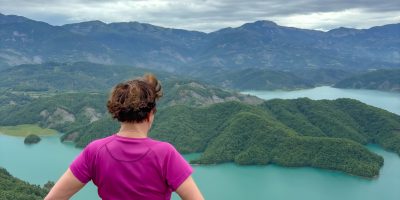
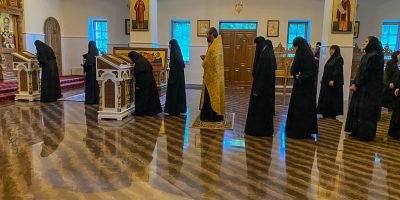
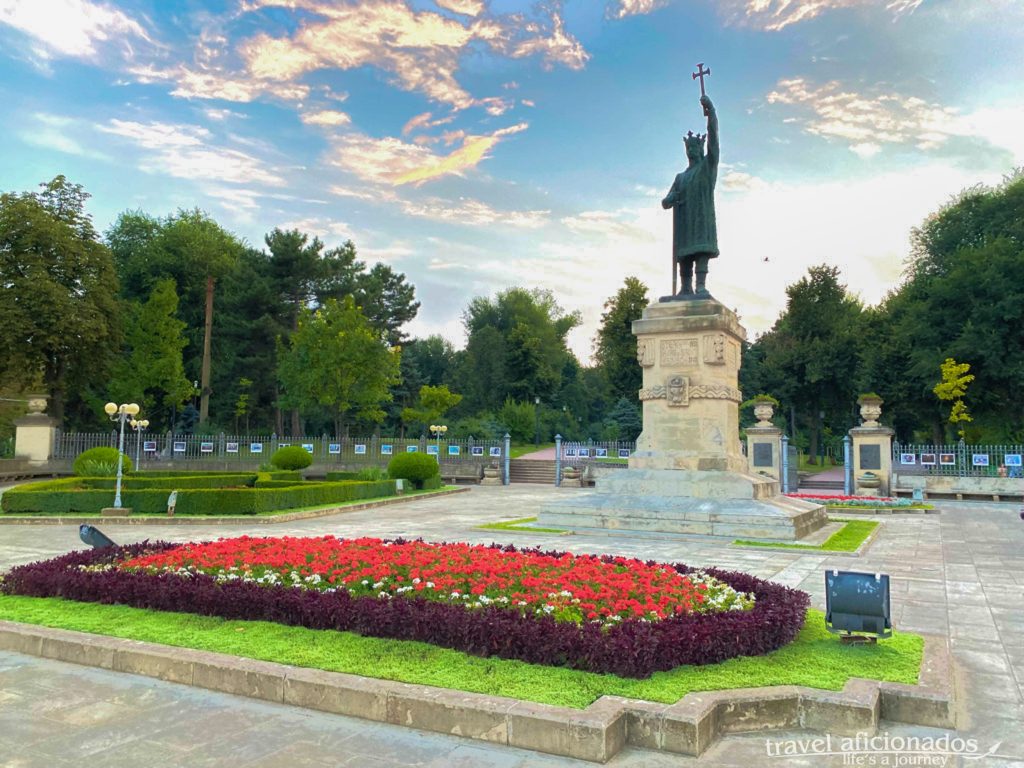
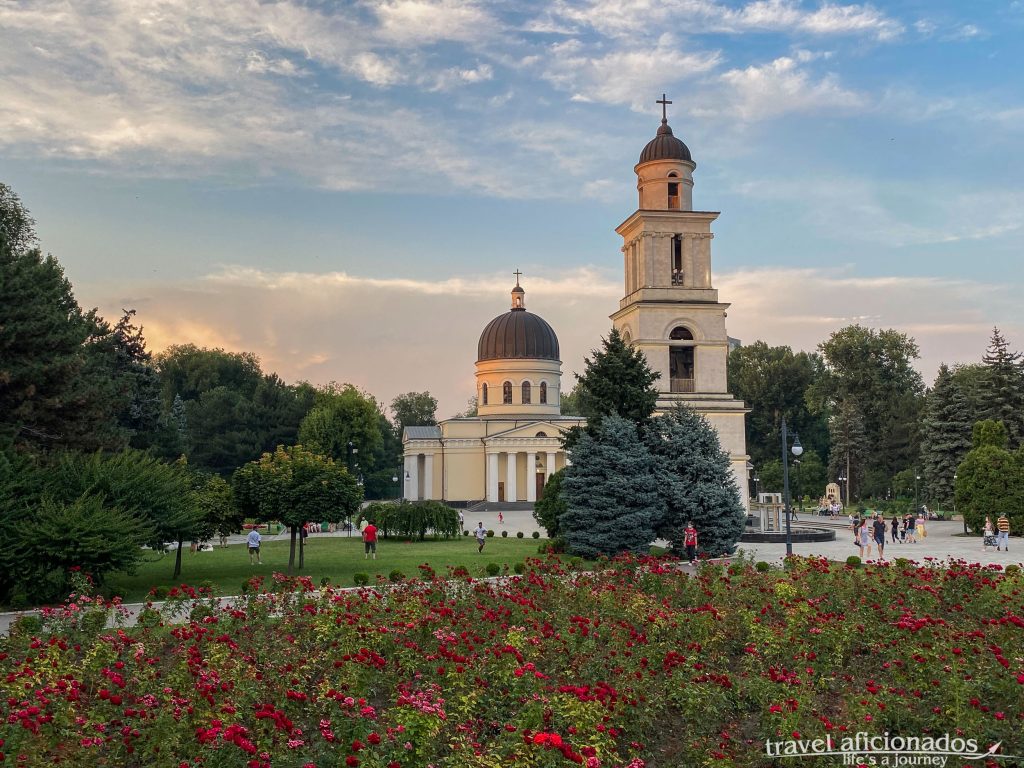
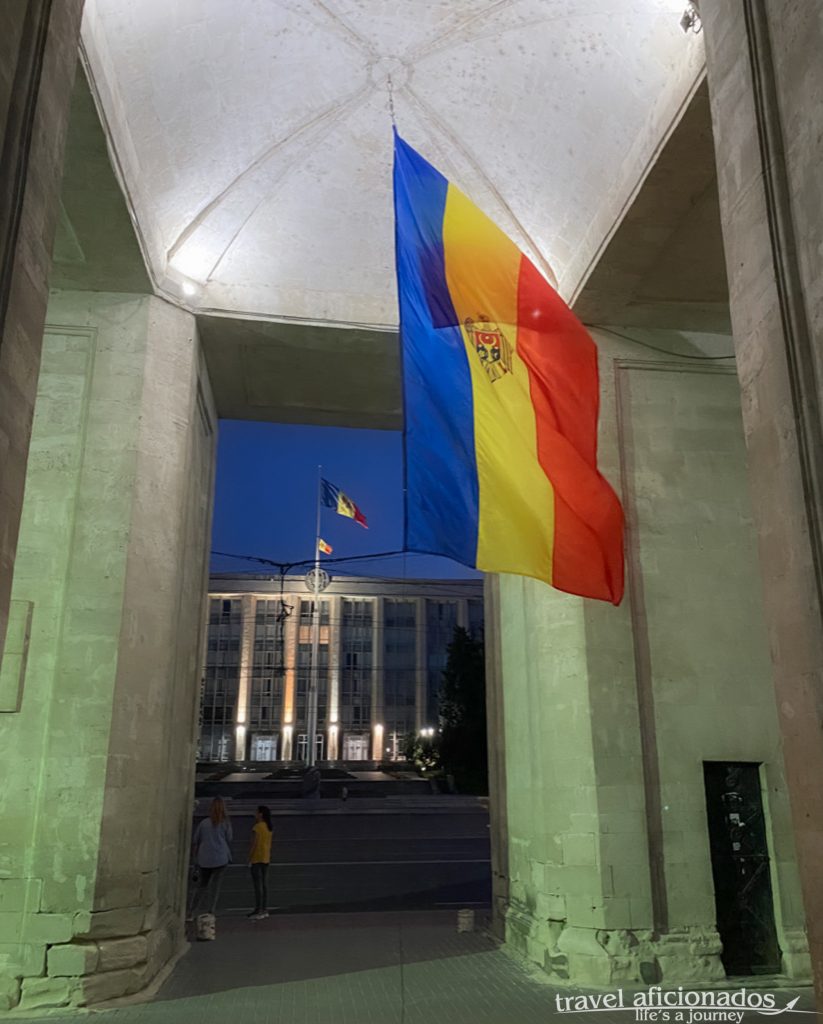
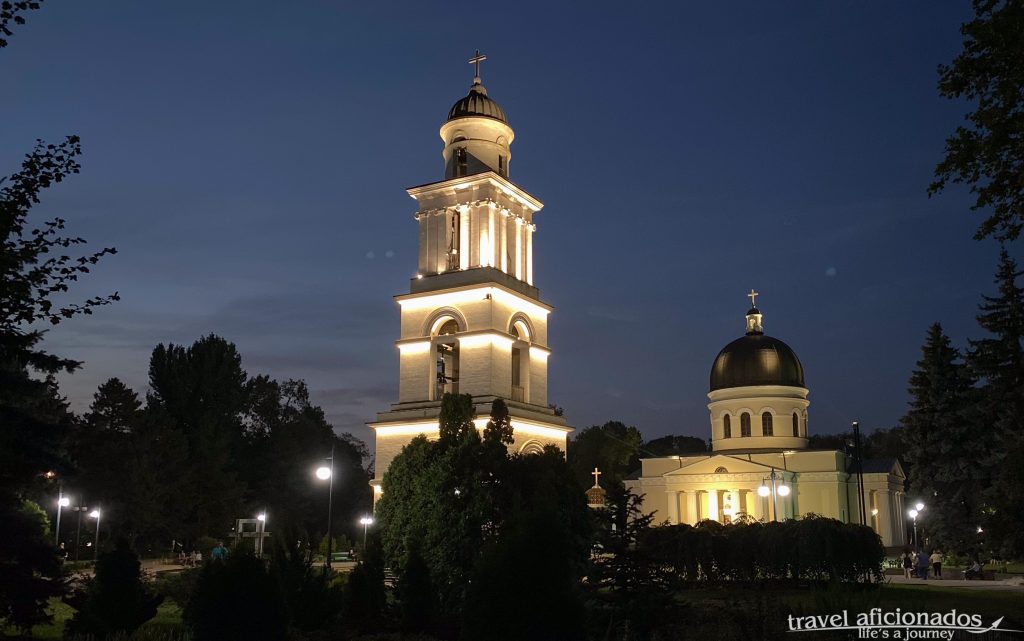
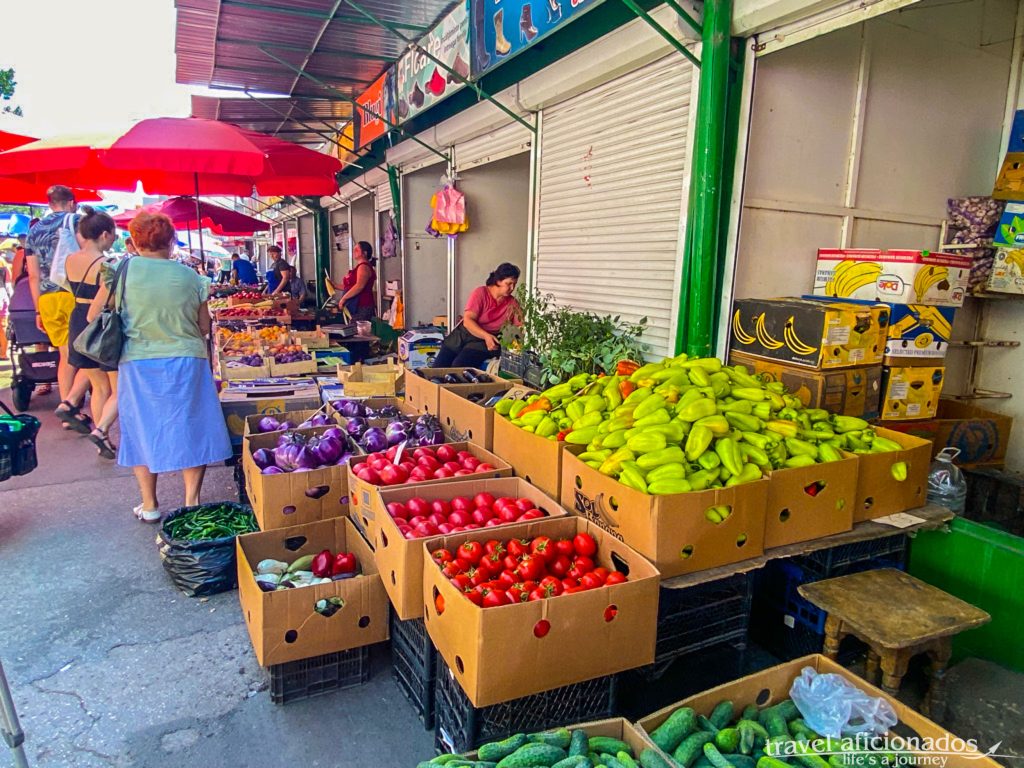
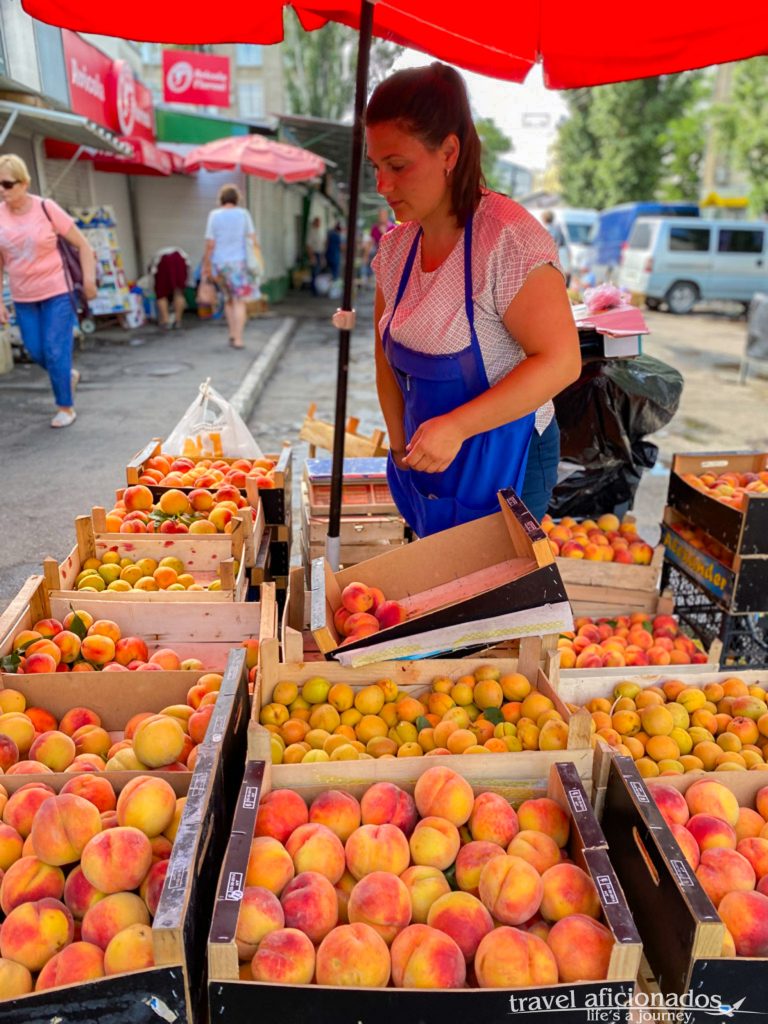
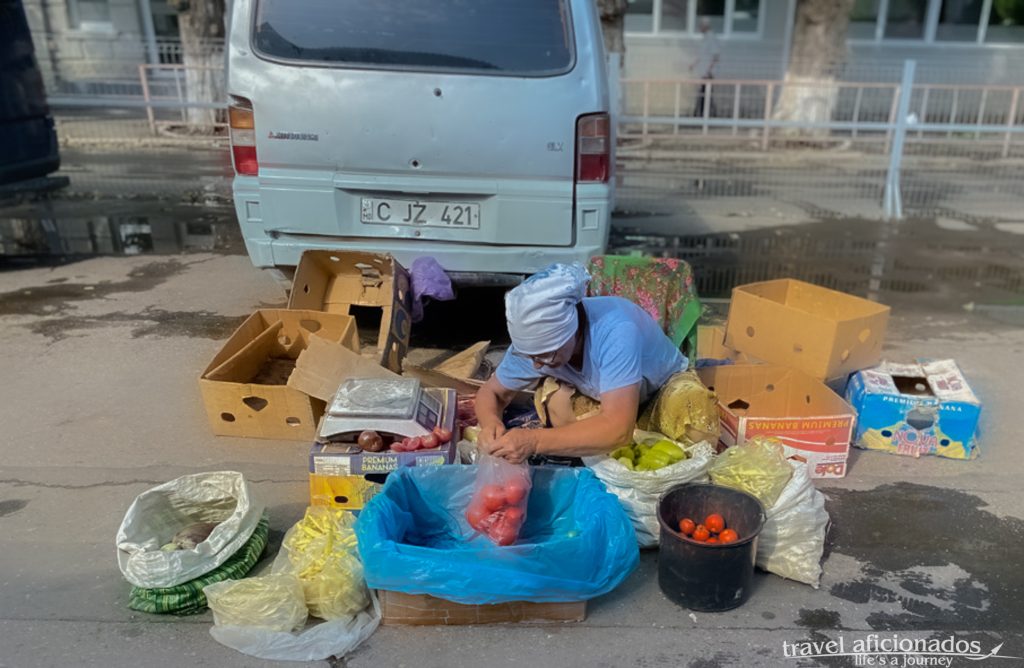
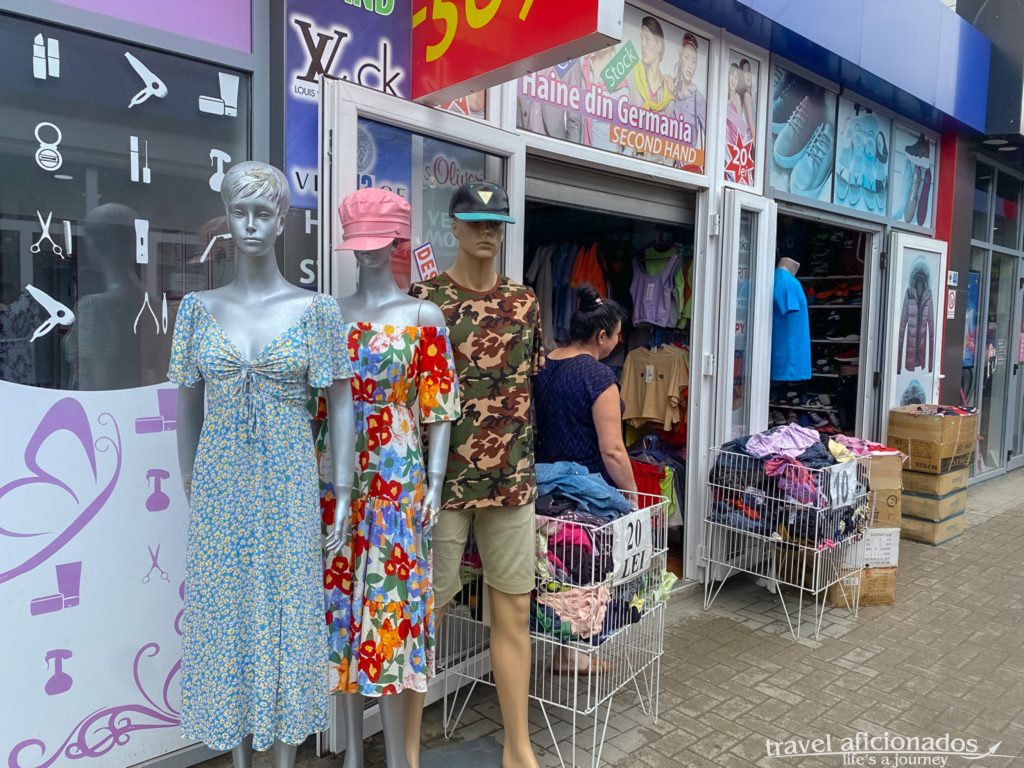
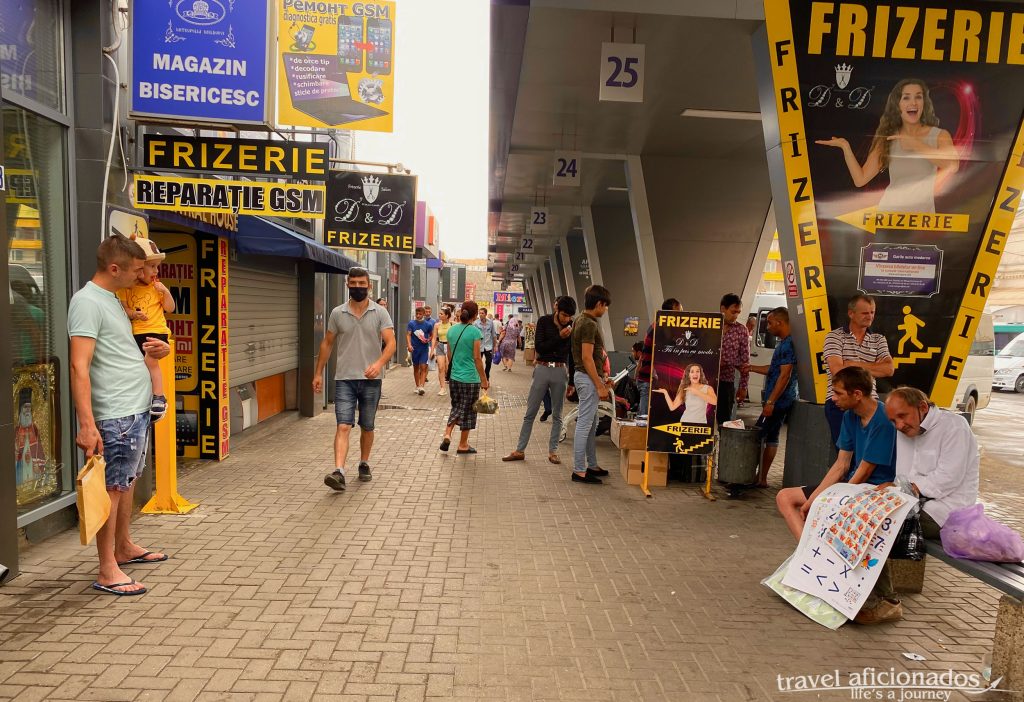
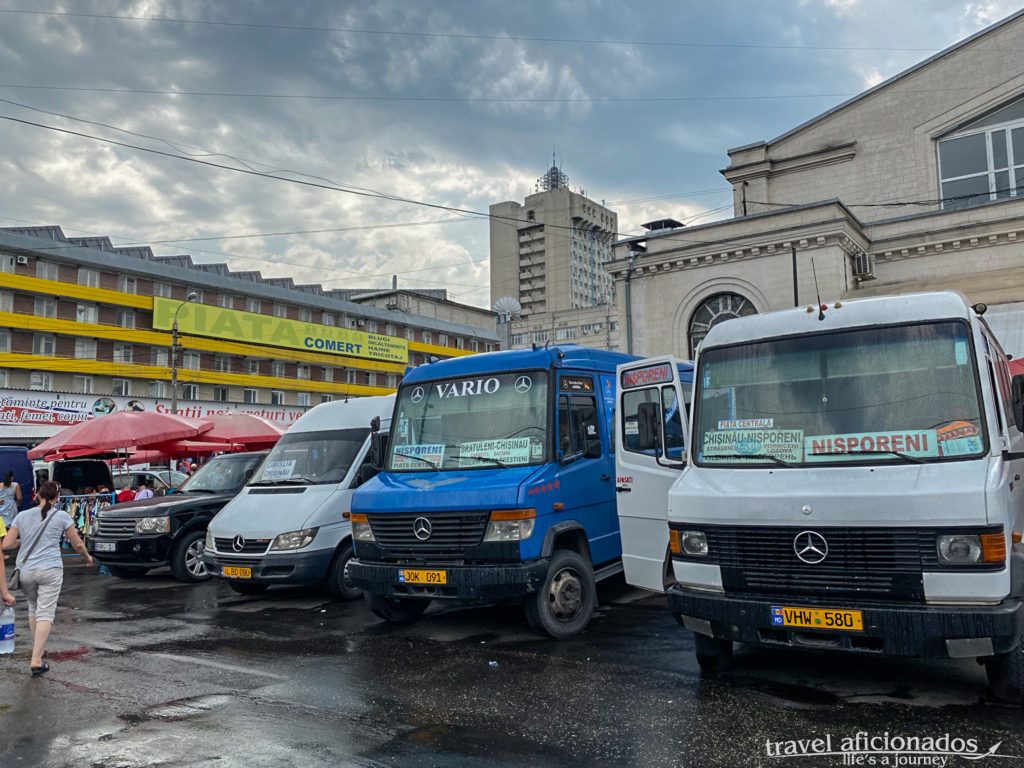
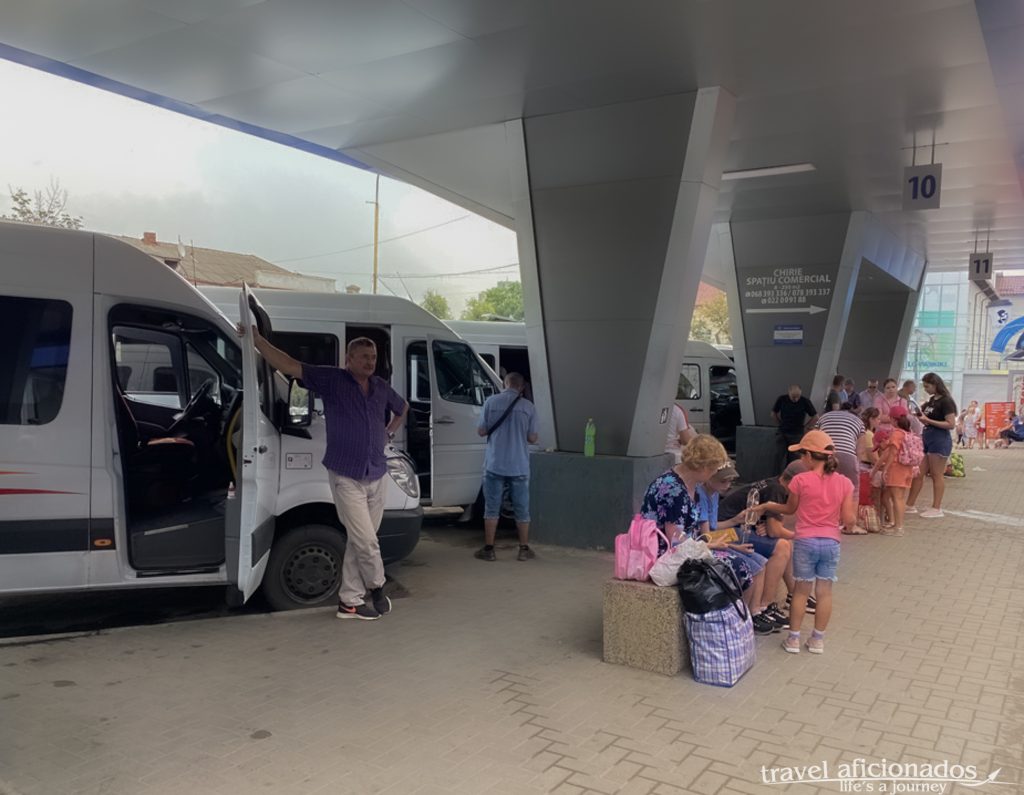
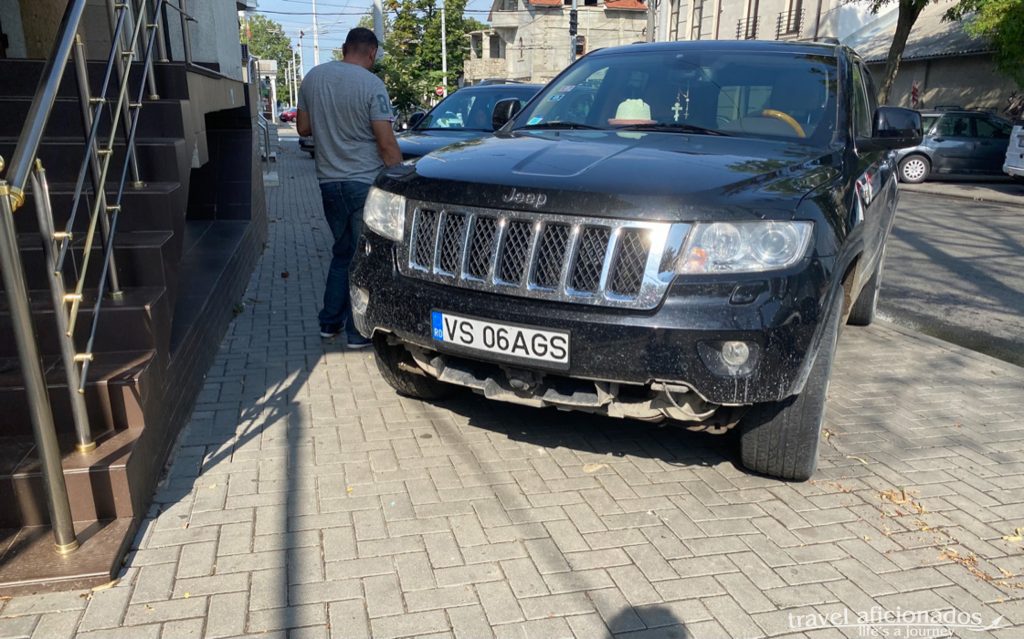
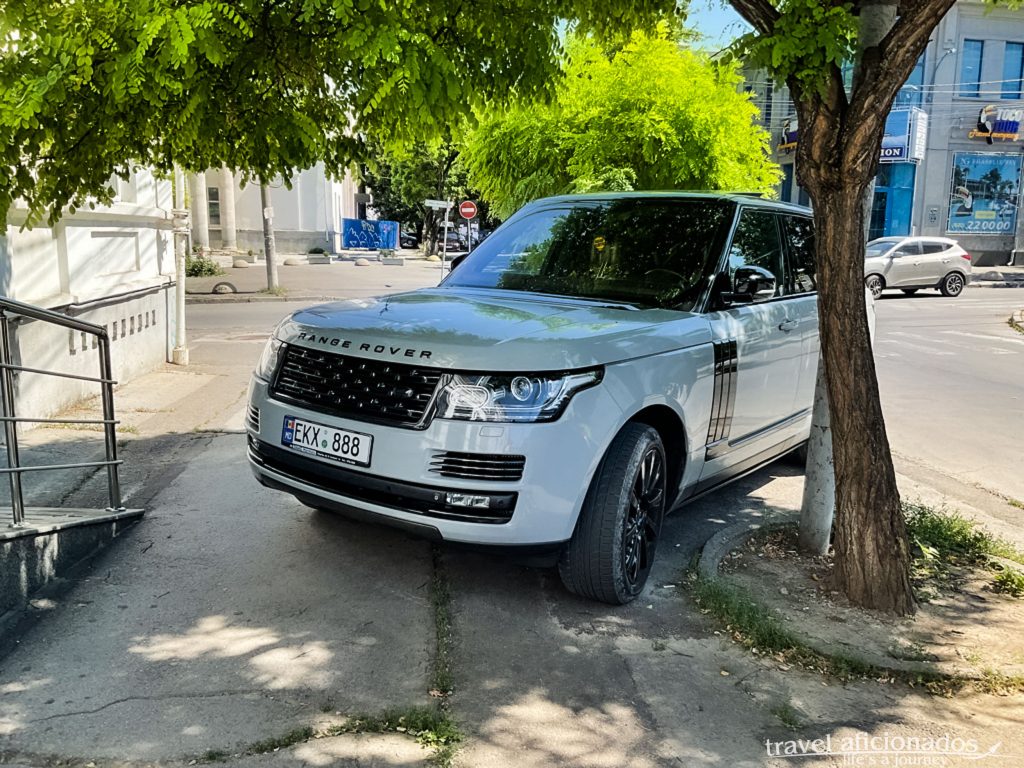
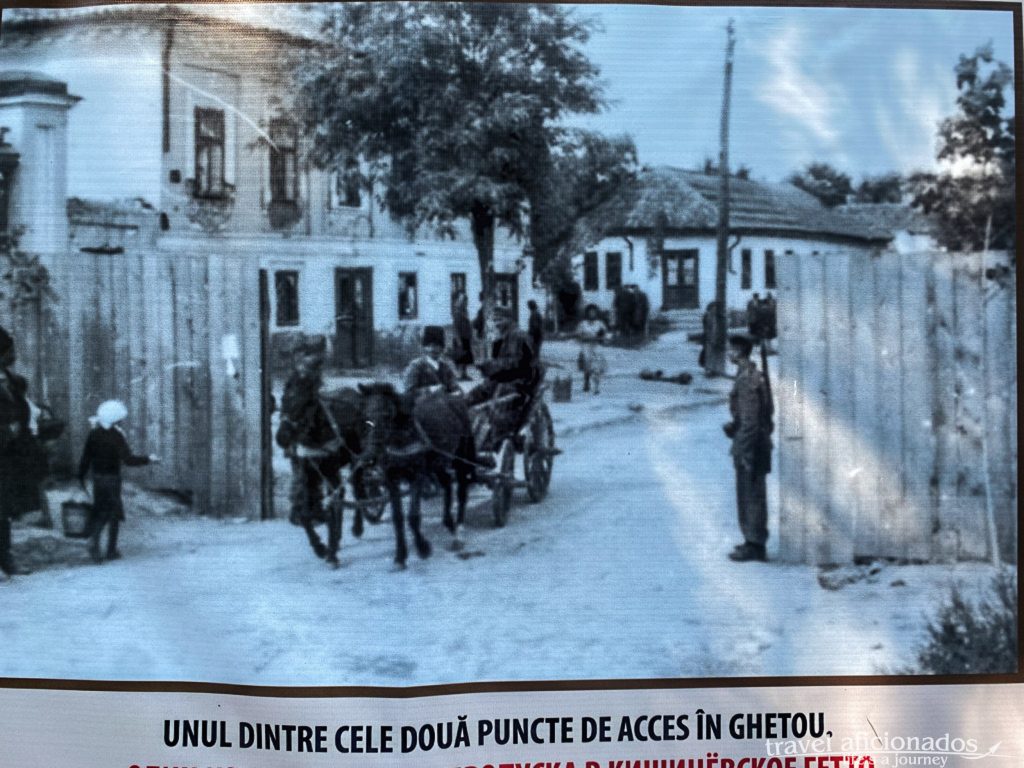
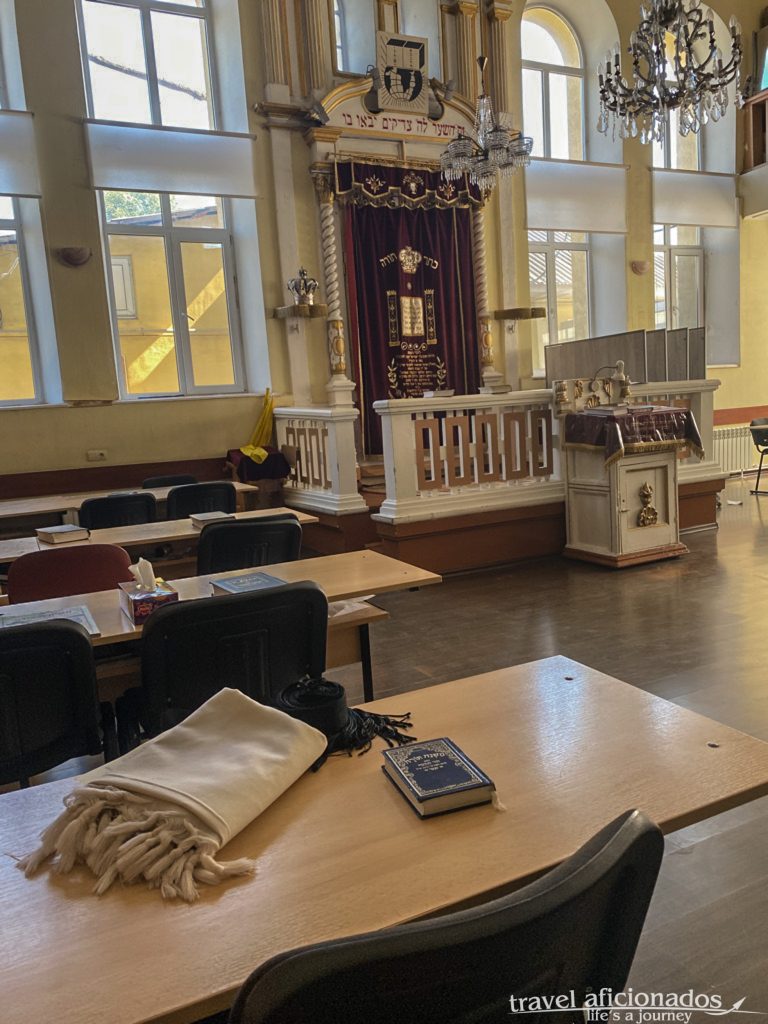
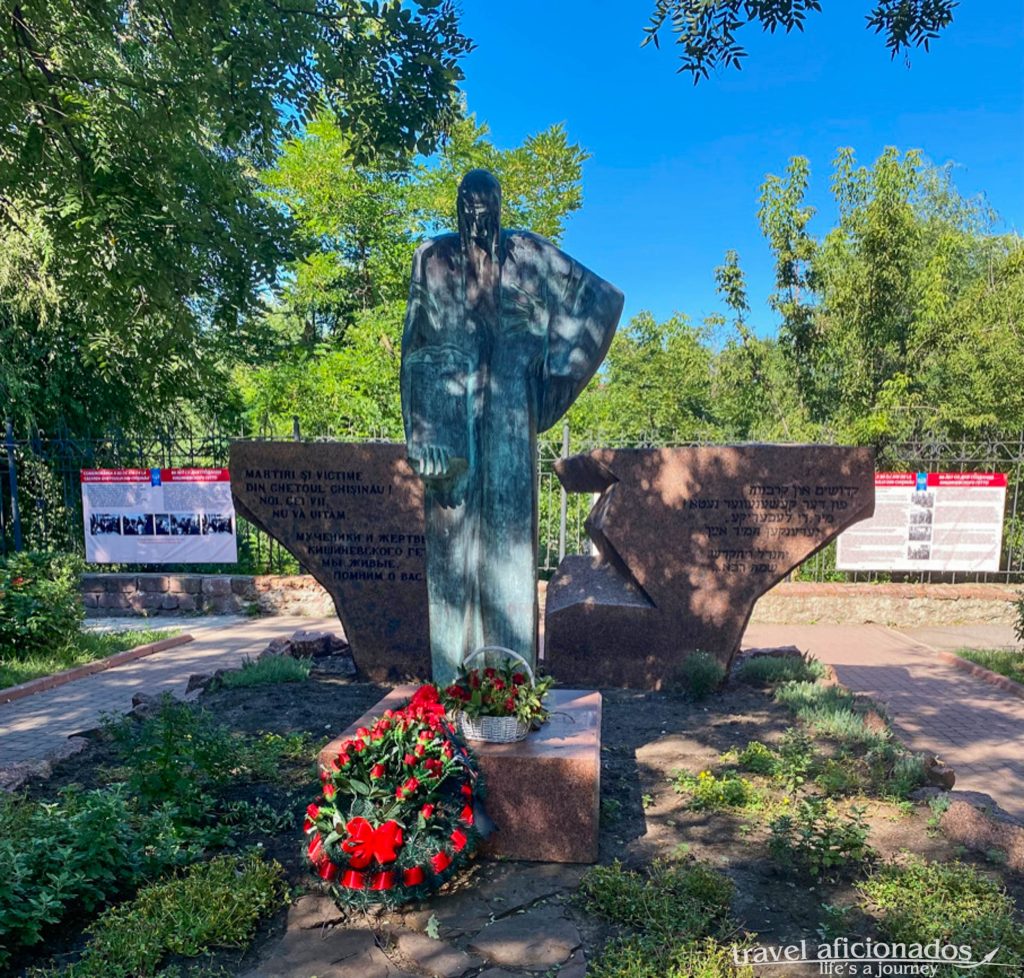
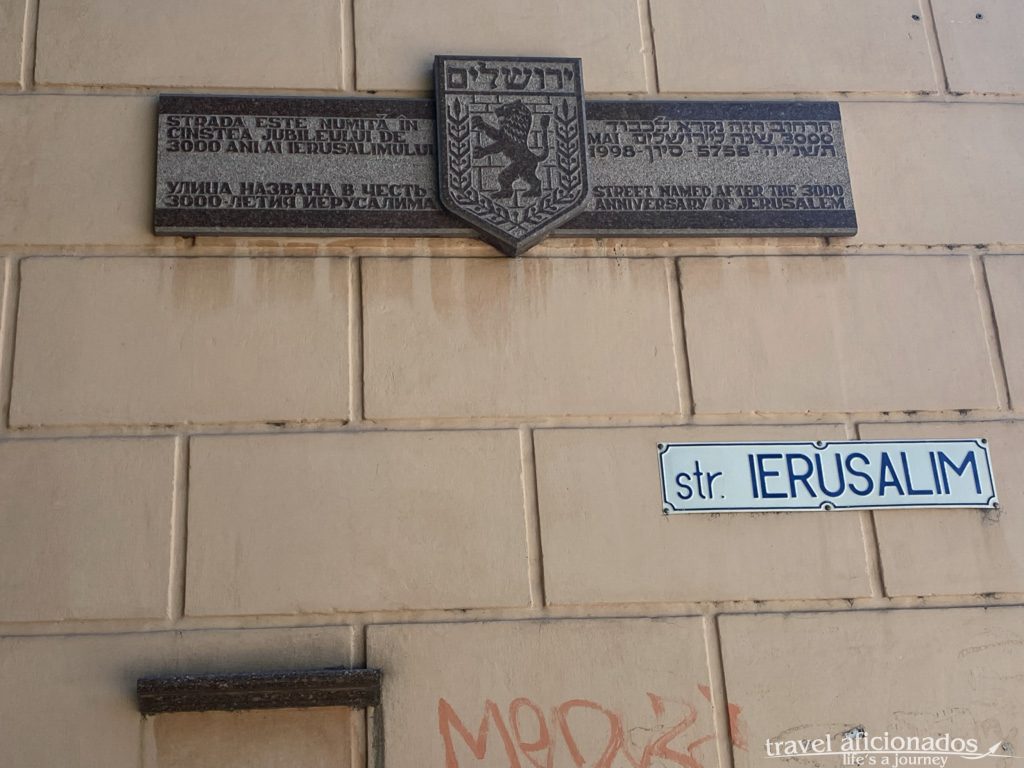
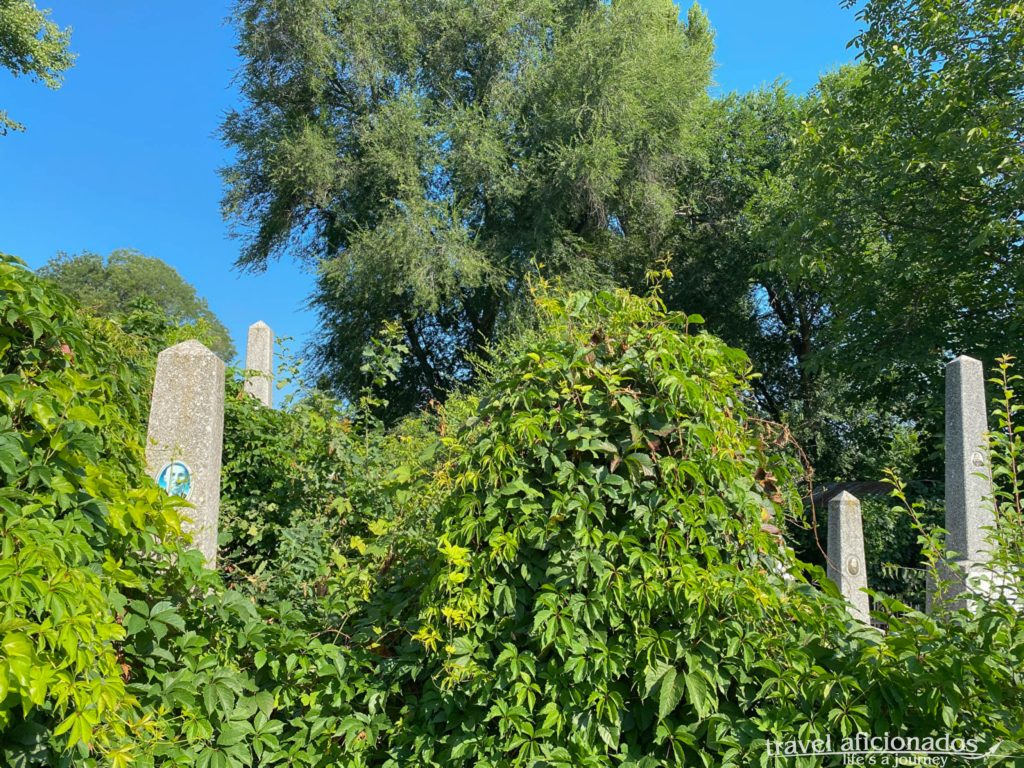
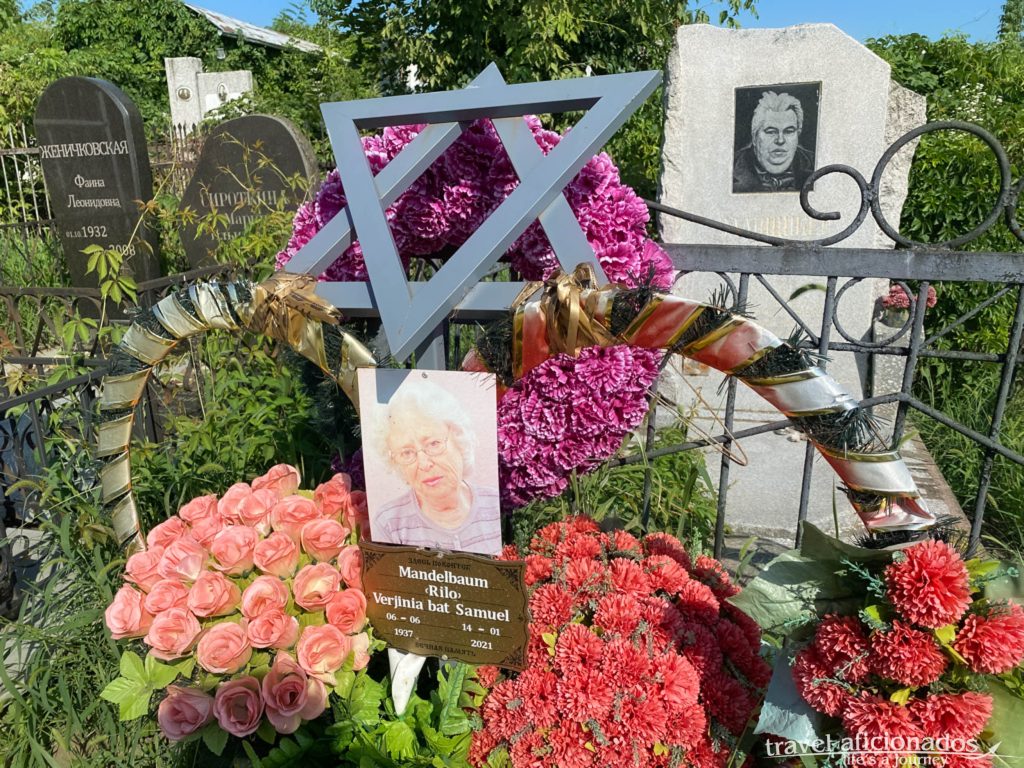
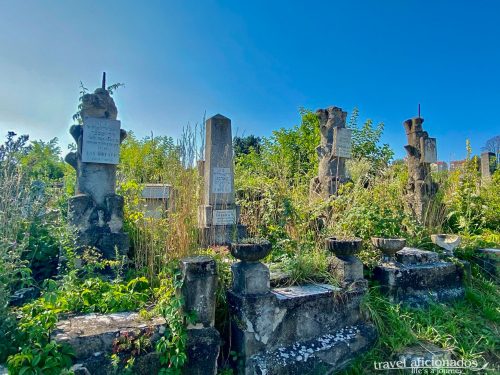
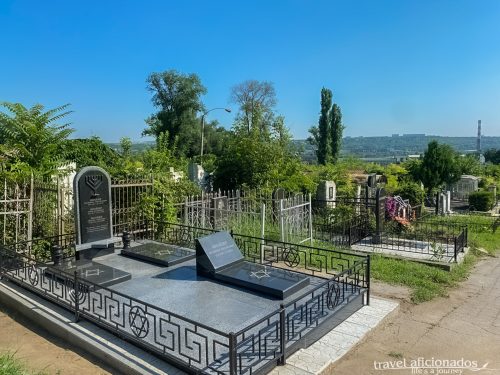
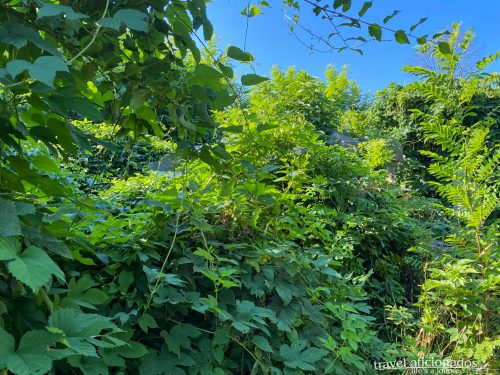
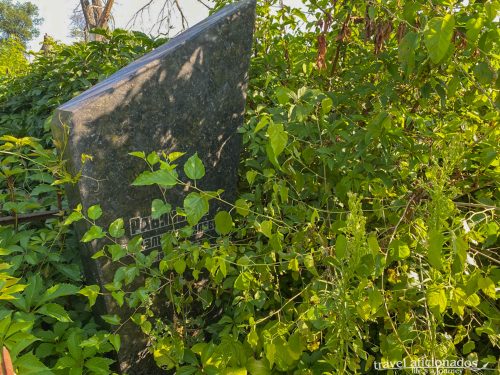
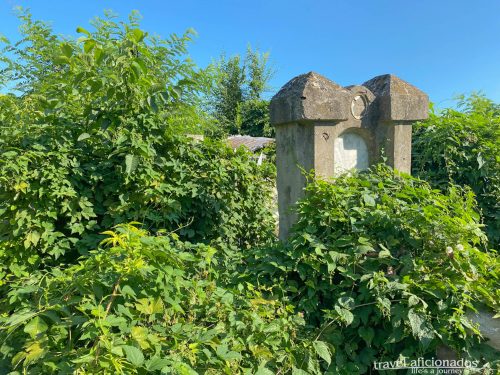
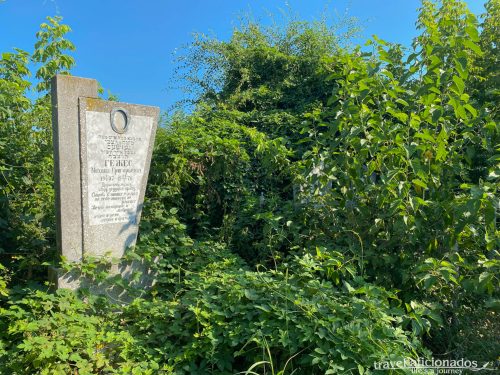
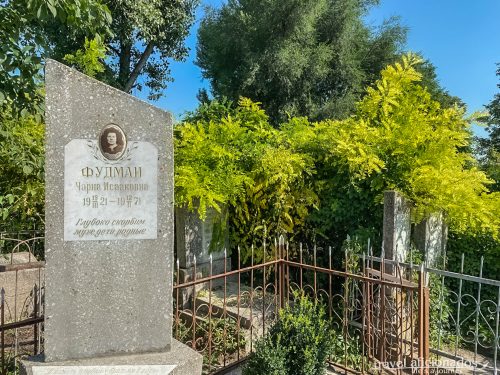
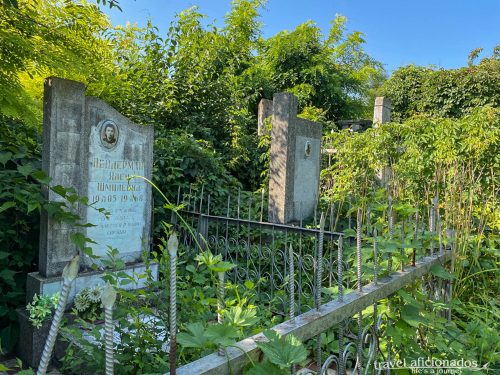
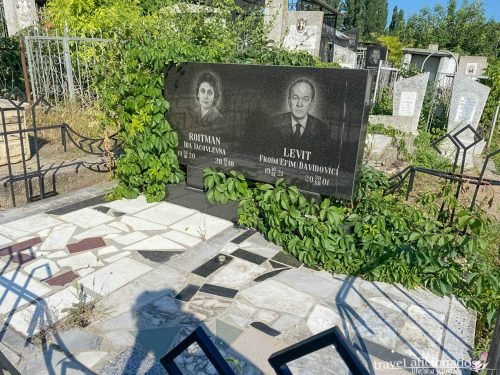
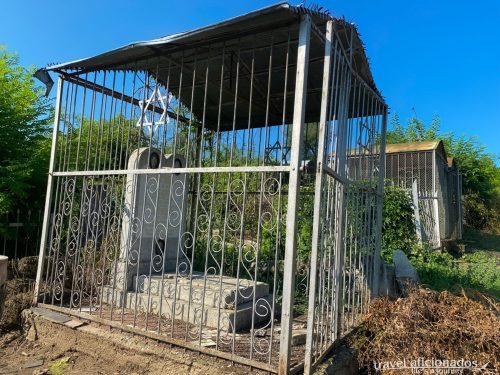
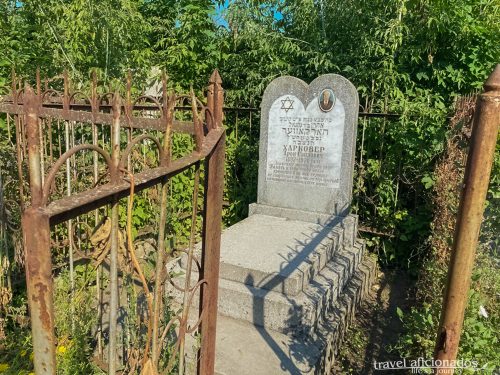
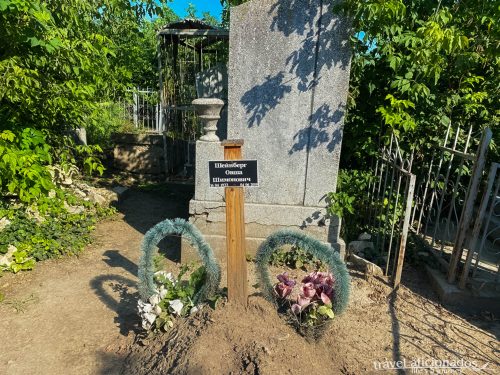
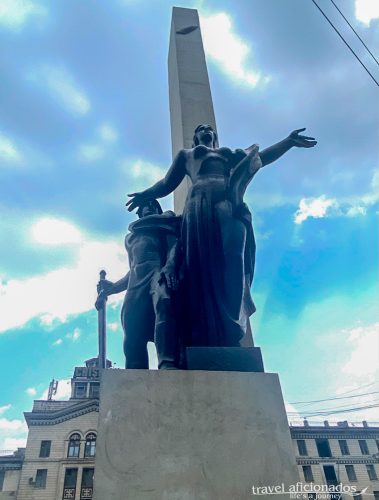
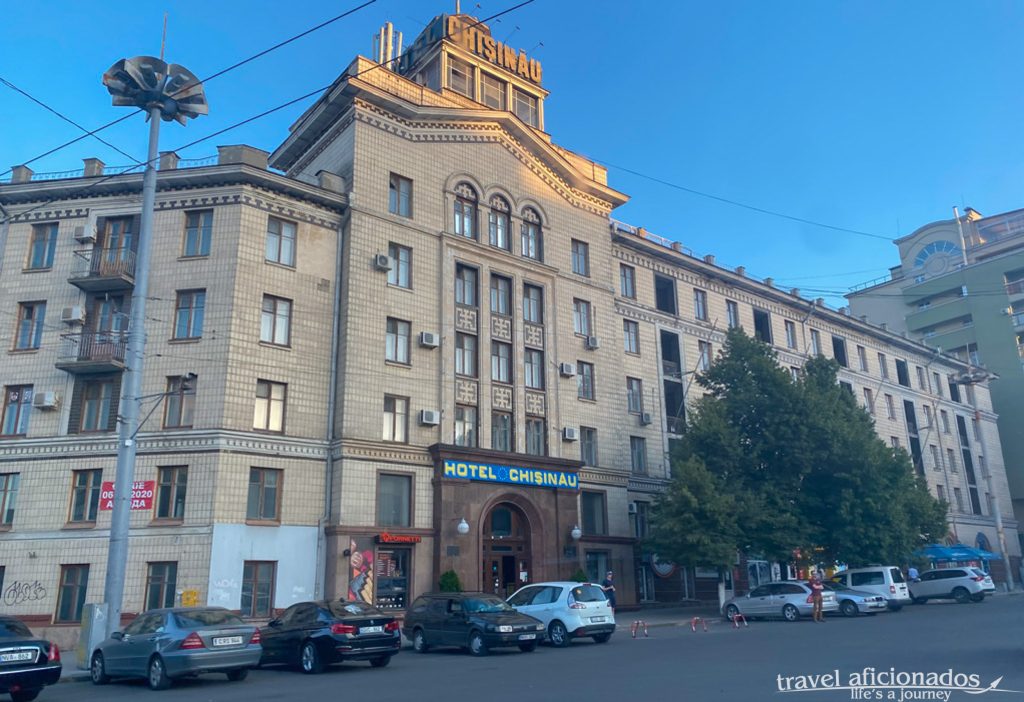
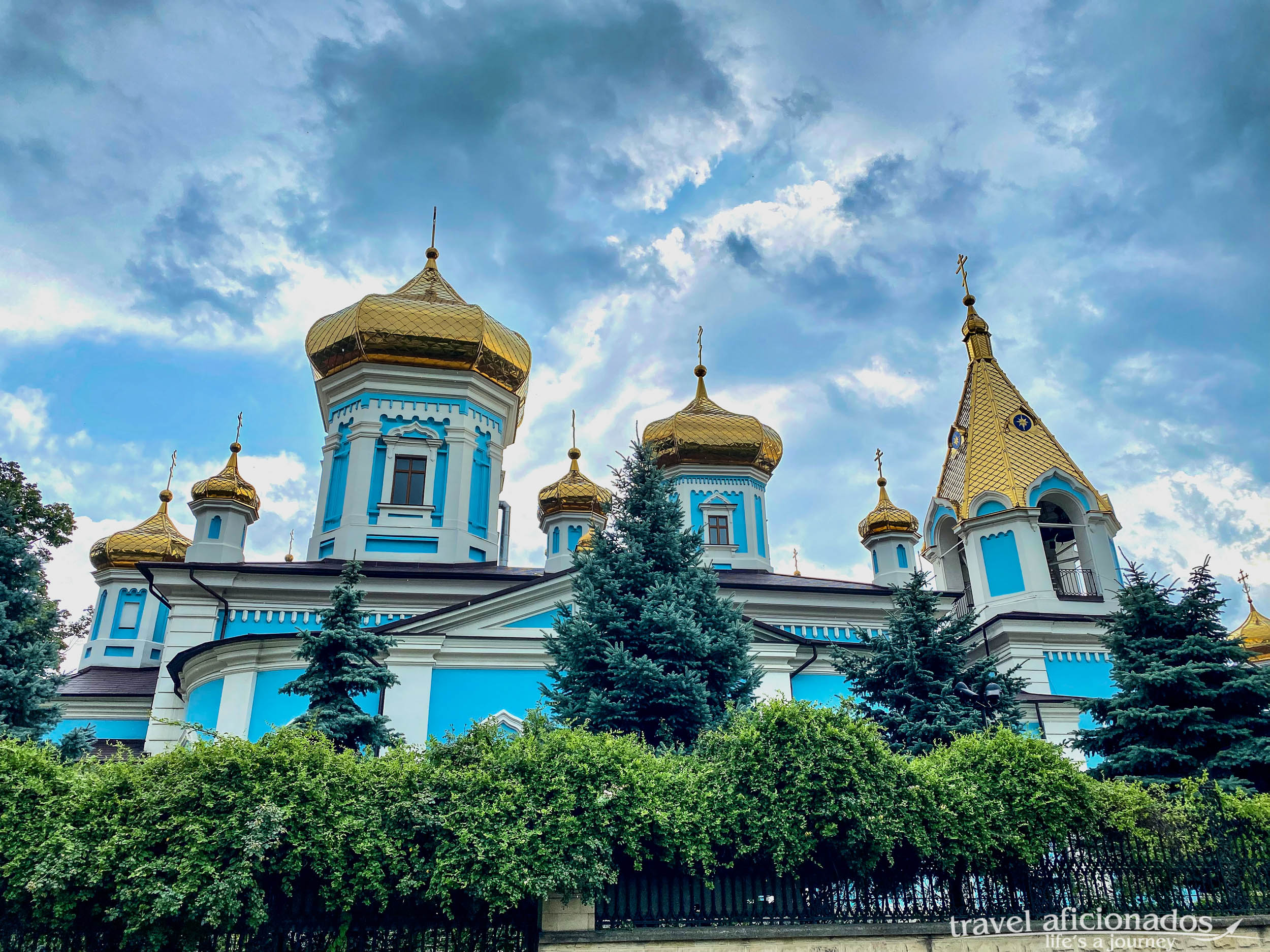
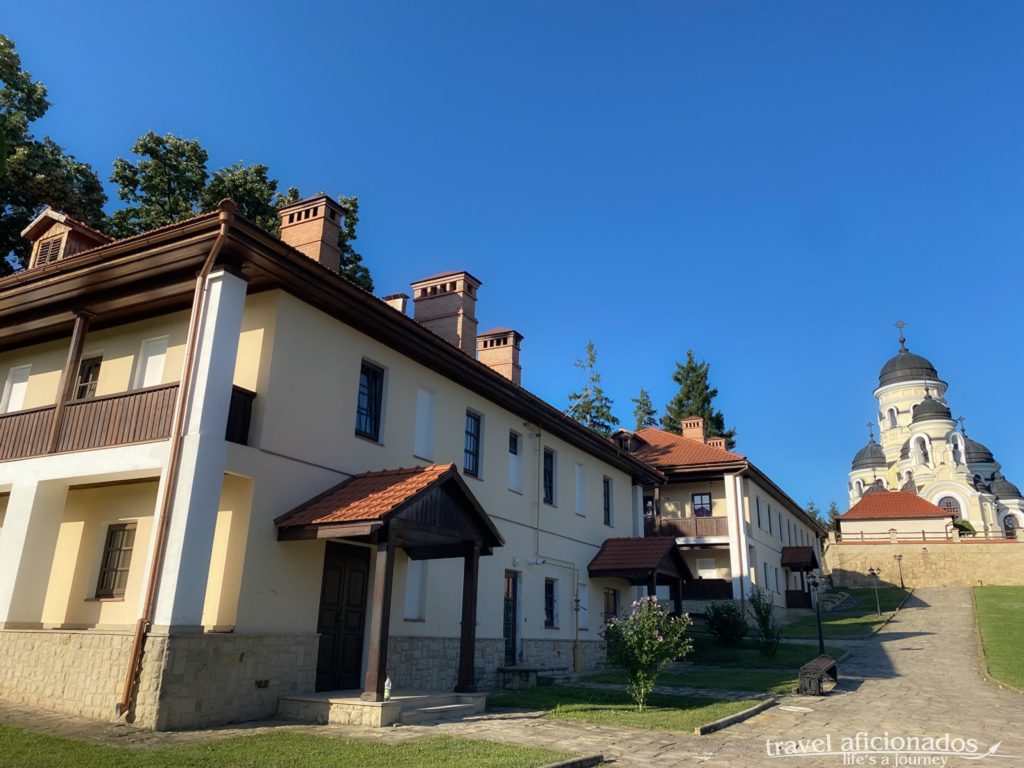
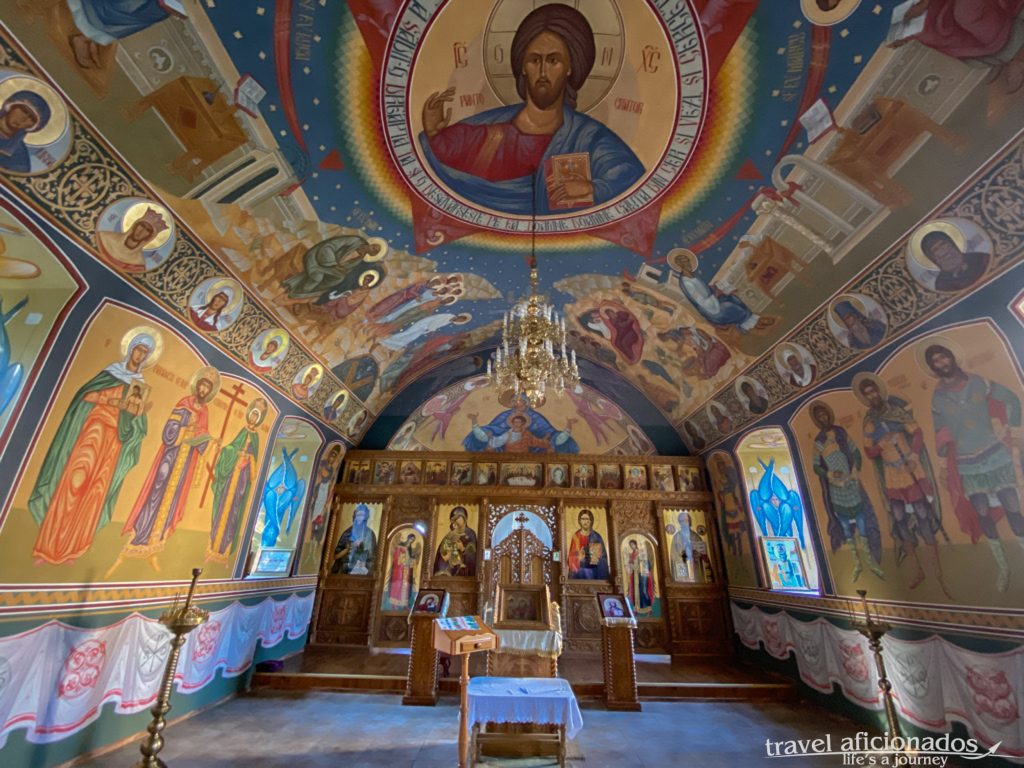
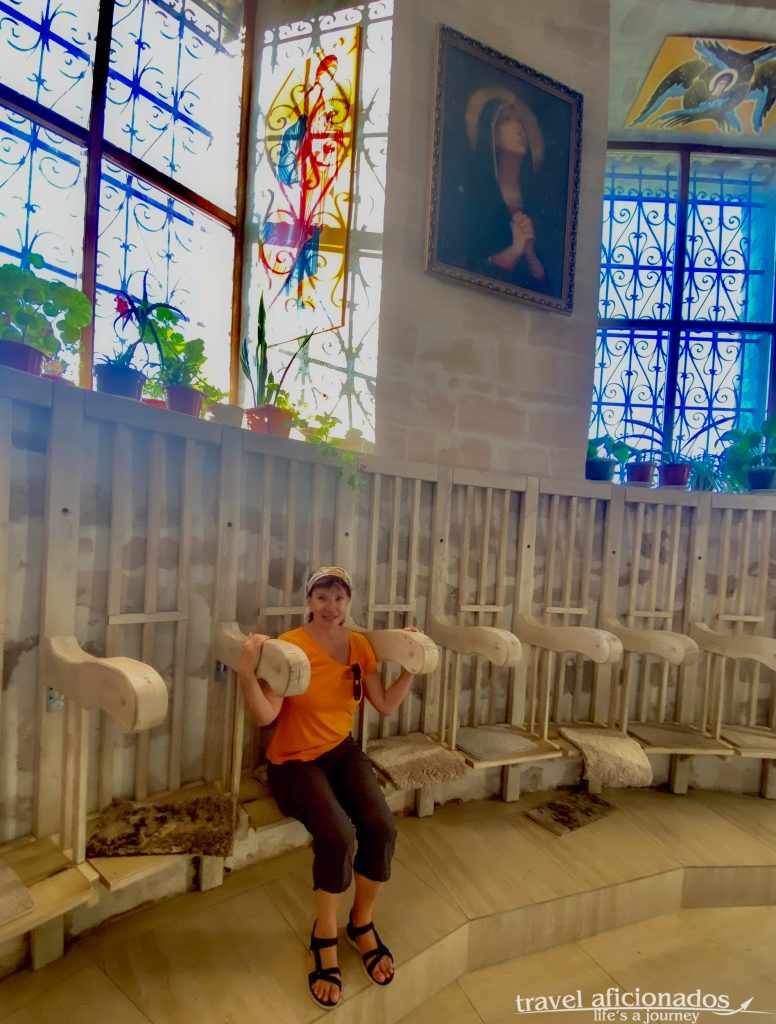
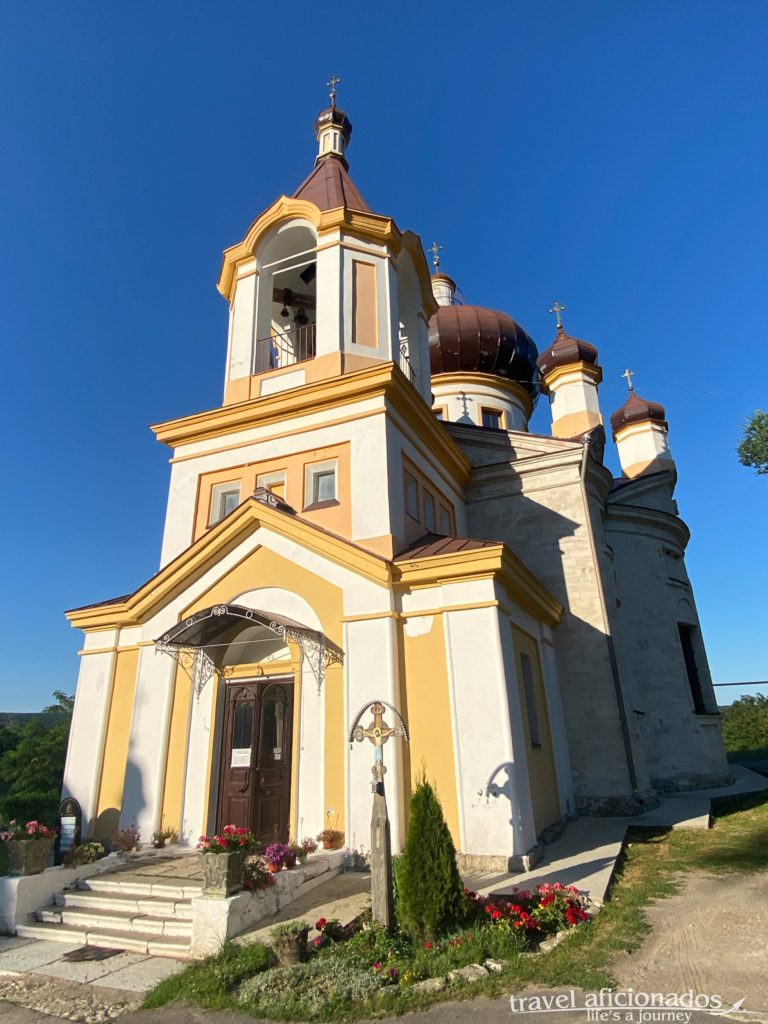
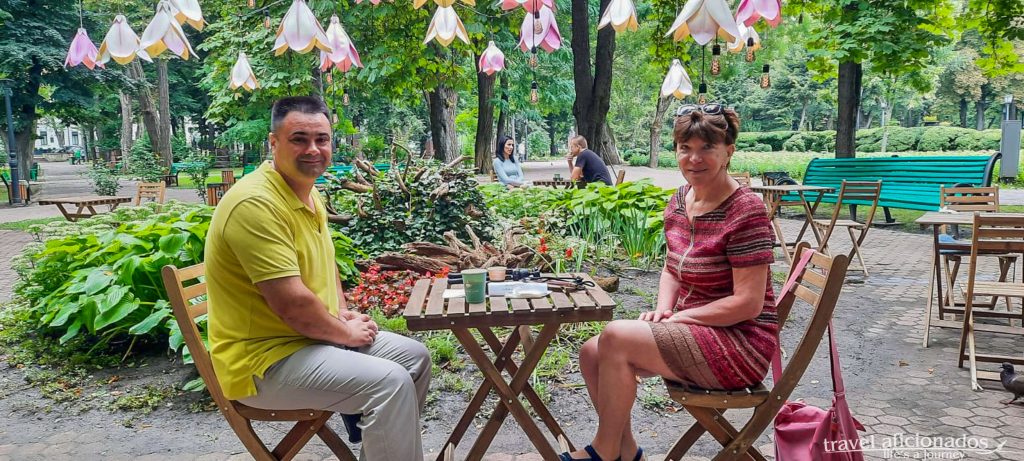
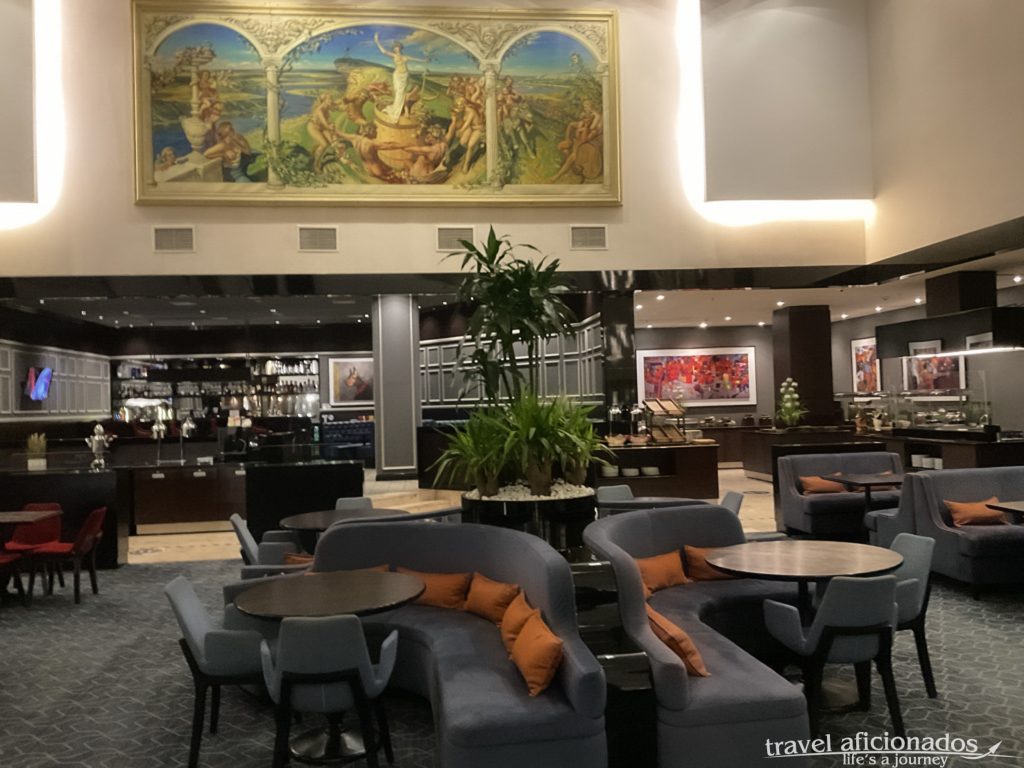
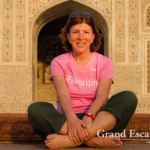
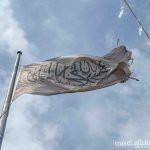
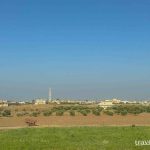
Leave a Reply